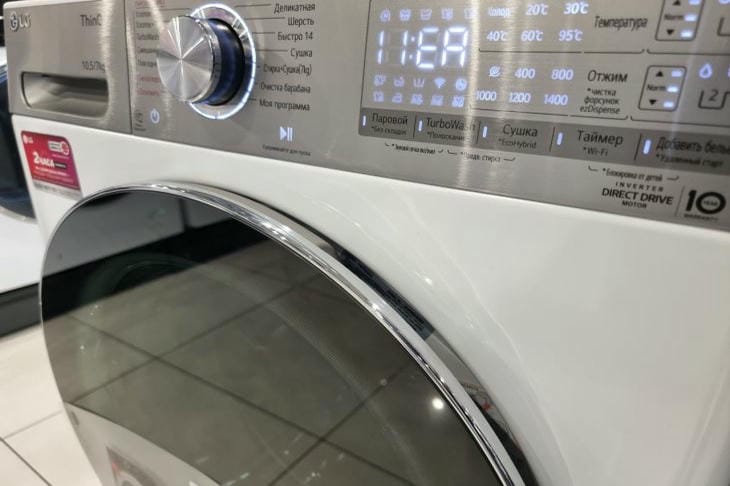Many people have encountered a situation when, after finishing washing, undissolved powder is found in the container of the washing machine.
This problem causes irritation and confusion among users, as it directly affects the quality of washing and leads to the need to restart the program.
There are several common reasons why powder may remain in the container, and it is important to understand them to avoid similar situations in the future.

Insufficient water pressure
One of the main reasons is insufficient water pressure. If the pressure is too weak, the water will not be able to effectively wash the powder out of the container.
This could be due to low water pressure or problems with the water supply itself.
In such conditions, the washing machine does not receive the required amount of water to dissolve the powder and deliver it to the laundry.
Checking your home's water pressure and plumbing system can help identify the cause of this problem.
In some cases, it may be necessary to install an additional pump that will provide the necessary pressure for the correct operation of the washing machine.
Container blockages and contamination
The powder container is an important element of the washing machine that requires regular maintenance.
Over time, detergent residue, limescale and dirt can accumulate in the container, causing it to become clogged.
A clogged container does not allow water to flow freely through it, which results in the powder remaining undissolved.
Regular cleaning of the container, as well as the use of special means for removing limescale, will help to avoid this problem.
It is also recommended to rinse the container with warm water from time to time and wipe its internal surfaces to remove all traces of powder and soap.
Incorrect powder dosing
The amount of powder that is loaded into the container also plays an important role. If you use too much detergent, it may simply not have time to dissolve completely during the washing cycle.
This results in excess powder remaining in the container. Most washing powders have dosage recommendations on the packaging, which should be followed.
These recommendations depend on the amount of laundry, water hardness and the degree of soiling of the items.
It should be remembered that excessive use of powder not only does not improve the quality of washing, but can also lead to the formation of excess sediment, which subsequently remains in the container.
Problems with water supply
If the washing machine is not getting enough water, the detergent may not be flushed out of the container. This may be due to a faulty water inlet valve or a clogged hose.
In such cases, it will be necessary to check the hoses and valves for blockages or damage.
If the hose or valve is clogged, it will need to be cleaned or replaced. You should also make sure that the water supply hose is not kinked and is installed correctly.
If necessary, you may need to call a specialist to diagnose and repair the water supply system.
Choosing the wrong type of powder
Sometimes the problem lies in the powder itself. Some powders, especially those intended for hand washing, may be too rough for use in washing machines.
These products dissolve less well in water and may remain in the container after the wash cycle is complete. Therefore, it is important to use powders designed specifically for automatic washing machines.
Such powders have a fine structure and dissolve easily without leaving sediment in the container.
It is also recommended to pay attention to the washing temperature, as some powders dissolve better in warm or hot water.
Incorrect loading of laundry
Loading the laundry incorrectly into the washing machine can prevent the water from circulating properly, resulting in incomplete dissolution of the detergent.
If the laundry is loaded too tightly or unevenly, water will not be able to penetrate all areas of the drum and wash away the powder from the container.
Optimal loading of laundry, even distribution of items in the drum and compliance with the recommended loading rate will help prevent such problems.








